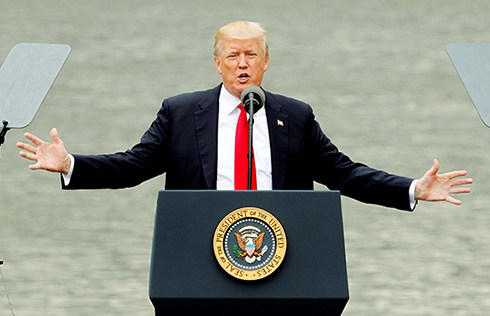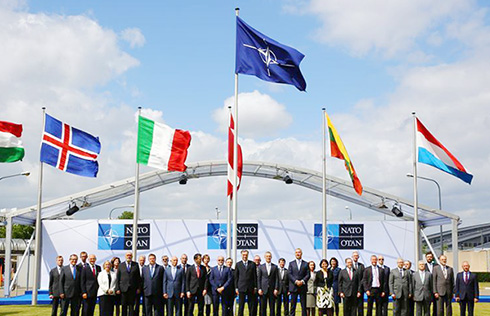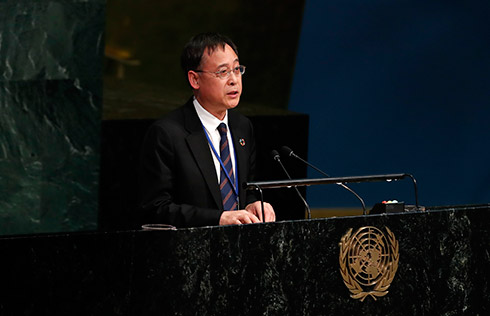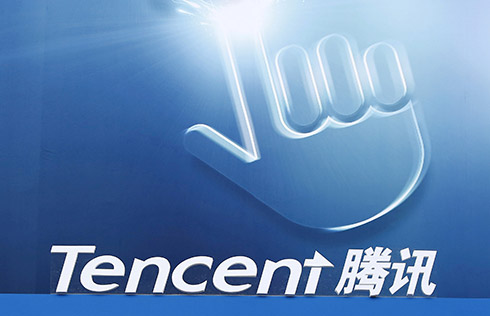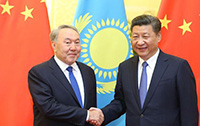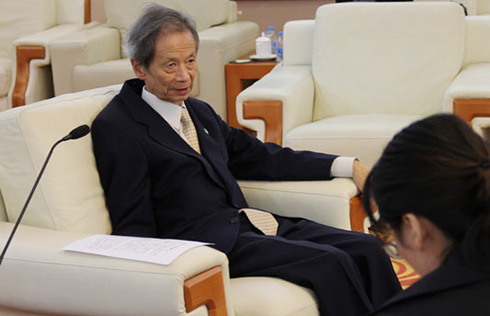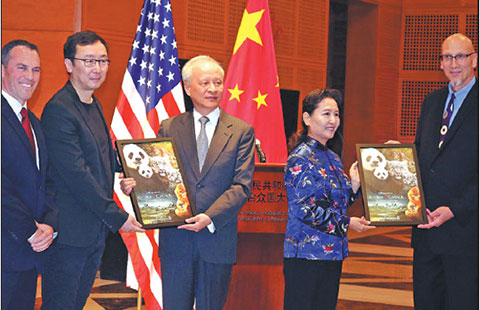Belt and Road Initiative to drive up renewable energy
The Belt and Road Initiative could drive up global investment in renewable energy with increasing demand and decreasing cost for renewable energy production, the director-general of the International Renewable Energy Agency said.
|
 |
|
Adnan Amin, director-general of the International Renewable Energy Agency |
The Belt and Road Initiative, which largely focuses on connectivity in Eurasia and Africa, is in all areas where energy demand is increasing, said Adnan Amin, the director-general of the intergovernmental organization to promote adoption and sustainable use of renewable energy.
"China is a huge market. The electricity markets in other countries are not so big, but they have a lot of potential," he said at the sidelines of the Belt and Road Forum for International Cooperation, which ended on Monday in Beijing.
Amin said that the concept of interconnection among countries and the drive for international collaboration is very strong.
"And that's very consistent with the concept of the Belt and Road Initiative, which is to develop openness and interconnectivity among countries," he said.
Amin noted that the initiative, which could drive up global infrastructure development, can drive up the need for electricity.
"In the future, we need bigger markets, we need interconnectivity and we need higher levels of international collaboration. That is possible because everybody can win from this," he said.
"It's a win for the investor; it’s a win for the consumer;it's a win for electricity that is cheaper," he said. "It's a win for the earth because we have clean electricity that is leaving behind the patterns of pollution in the past."
The boost in renewable energy production is also made possible by lower costs.
According to a report published by IRENA last year, by 2025, average electricity costs for solar photovoltaics could fall by 59 percent, offshore wind power costs could fall by 35 percent and onshore wind power costs could see a 26 percent reduction, compared with levels in 2015.
By then, the global average cost of electricity from solar PV and onshore wind power sources will be roughly 5 to 6 US cents per kilowatt-hour, the report said.
Amin said the challenge faced with the Belt and Road Initiative is how it can create concrete projects that can demonstrate concrete outcomes.
"They (the outcomes) are already happening. We see a lot of investment in infrastructure in different countries, including in energy infrastructure," he said.
"If you're able to do that, I think the momentum will grow more and more because the idea is very powerful and everybody would like to work," he said.
The second challenge, Amin noted, is that the initiative has to be supported by financial institutions, such as the Asia Infrastructure Investment Bank, that can deliver quick and low-cost capital.
"There needs to be agreements concluded about removing trade barriers, enhancing interconnectivity of grids and other transportation infrastructure. I think these are the challenges in the sense that it is important to get them done quickly," he said.








